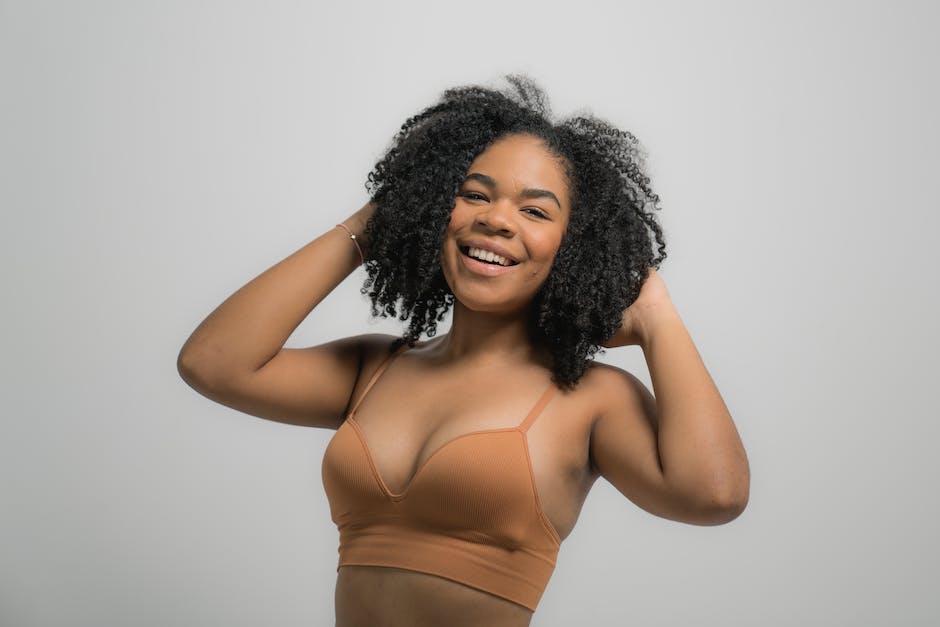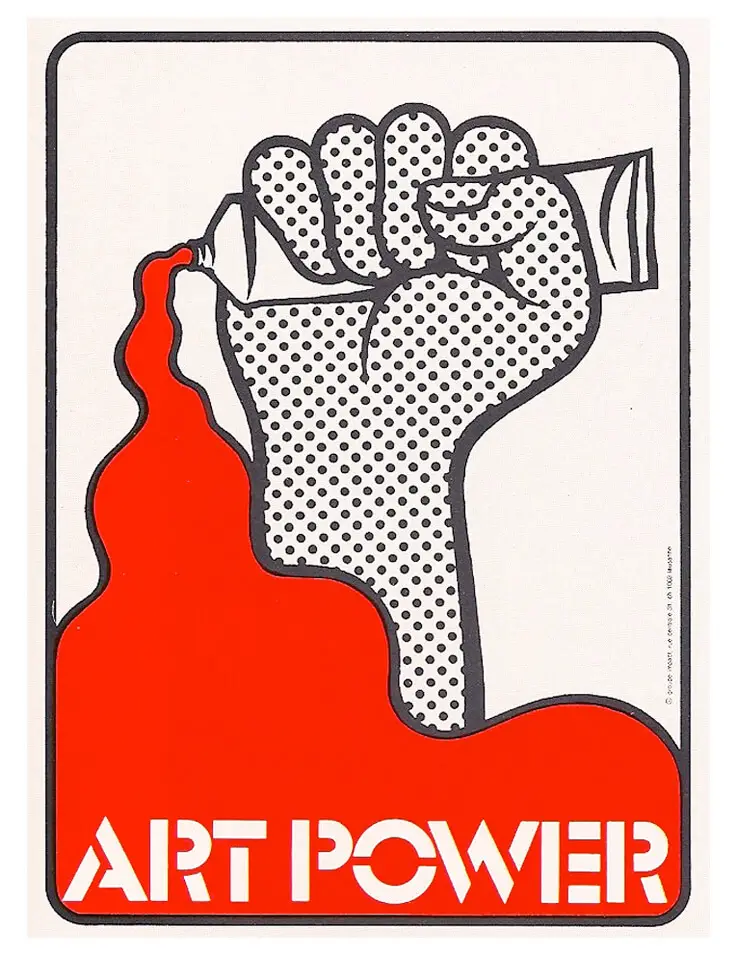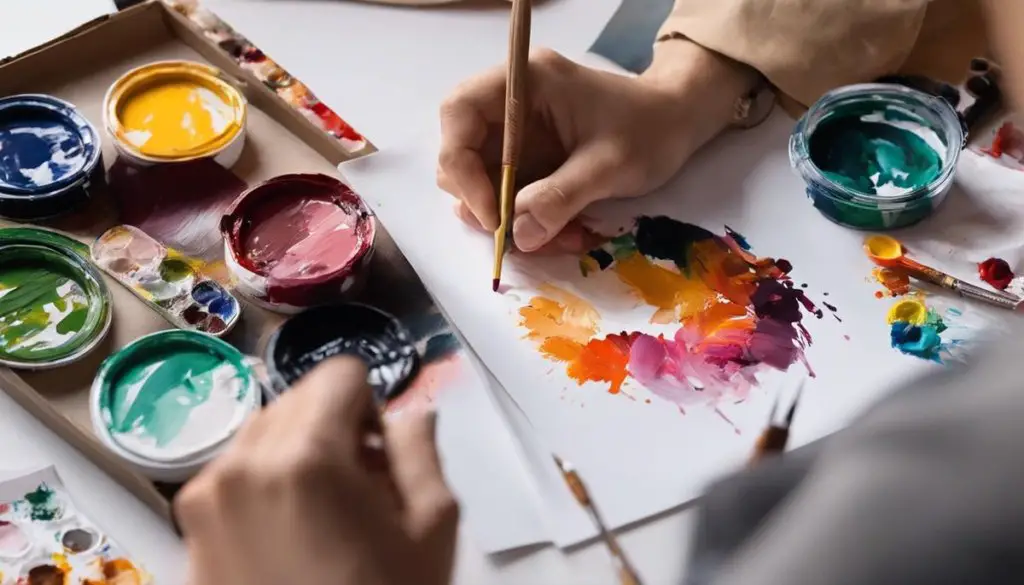Unraveling the Symbolism in Orange Dress Artistry

In the glorious world of art, symbolism and colour play vital roles in conveying the artist’s intent, giving life to the aesthetic experience. The power of an orange dress worn by a woman crafted delicely onto a canvass can enact both dramatic and subtle undertones, harnessing the use of colour psychology to evoke a range of emotions and narrate unspoken tales. Embarking on this fascinating exploration, we delve not only into the significant associations of the colour orange across various cultures and periods but also shed light on the interpretation of the dress as a significant symbol. Furthermore, the understanding of the artistic process, the choices made along the journey from the model’s selection to the final brushstrokes, will offer intriguing insights.
Decoding the Meaning of the Orange Dress
“The Orange Dress: Painting’s Vivid Story of Femininity”
In the realm of visual artistry, no element is without significance. Every hue, every line, every swath of canvas tells a tale, shaping scenes imbued with emotion and meaning. It is the artist’s prerogative to craft this narrative, as much in the subtleties as in the broad strokes. Consider, for instance, a woman cloaked in an orange dress. What might such an uncommon choice denote?
First and foremost, it’s crucial to remember that colour is not a mere decorative component of the picture, but a vehicle for profound messages. Orange, as an amalgamation of red’s vitality and yellow’s optimism, represents energy and warmth, radiating a zest for life. Such vibrance implies a vivacious and dynamic female personality, someone who is unafraid to embrace life in its radiant hues.
An artist might use the imagery of an orange dress to symbolise change and transition. Just as autumn leaves turn orange before they fall, the fiery hue conveys the concept of transformation. This could symbolise a woman traversing different stages of her life, beautifully, boldly embracing every shift.
A deeper interpretation could be drawn from the cultural association of orange with creativity. Donning an orange dress, the woman might be depicted as a free spirit, a lively innovator, or perhaps an artist herself. This striking apparel thus serves as a testament to her bright, inventive mind.
Subtler meanings might derive from the varying shades of orange. A darker tone, leaning towards rust or brown, might hint at stability, structure and a grounding sense of reliability in the woman’s character. Conversely, a dress of light, peach-toned orange could signal playfulness, sociability, and a convivial spirit.
The use of an orange dress in a painting can also beckon the viewer into a certain era or location. In some cultures, for instance, amongst the traditional Indian sarees or the African tribal attire, orange is a common hue, often associated with celebration and joy. Thus, the orange dress could serve as a geographical or chronological anchor, subtly setting the scene while informing the observer about the woman’s origins or status.
Each of these interpretations of the radiant orange dress is a possible brush stroke on the canvas of interpretation. Rather than considering these as rules, one might enjoy them as whispers of ideas, suggestions of the depth to which artistry can reach. Each painting of a woman in an orange dress is an exploration – a journey of colour, symbolism, and interpretation waiting for the beholder to embark.
The beauty of art lies in its power to inspire infinite interpretations. And so, an orange dress dances across the canvas — vibrant and bold, delicate and warm — equally embracing the mystery of a woman’s allure and the enigma of the artist’s vision. Through colour, narrative and symbolism, the painting invites all to experience, explore and embrace the enigma of women, sketched in the luscious strokes of orange.

The Process: Creating a Woman in Orange Dress Painting
Paving the Artistic Path: Painting a Woman in an Orange Dress
Unveiling the intricacies of artistry, the exquisite portrayal of a woman in an orange dress serves as a prolific testament to the artist’s skills, narrative vision, and emotional insight. While we’ve primarily delved into the significance of the colour orange, let’s continue our exploration and shift focus to the progressive strides taken by artists as they weave this vibrant piece of creativity.
Embarking upon a fruitful journey towards artistic expression, artists often begin by conceptualising the vision. The spark of innovation ignites the creative fire, providing the foundation for a woman draped in an orange dress. An artist delicately balances between their emotional world and the reality that surrounds them.
The preliminary task often involves conducting observational studies. This process might include studying a live model, still images, or conjuring up the artist’s imaginative perspective. In the portraiture of a woman in an orange dress, the artist’s observational skills allow them to capture the woman’s essence and tailor the expression, body language, and posture to align with the painting’s narrative backbone.
Drafting comes as the next stride. A preliminary sketch serves as a blueprint, capturing the fundamental elements and composition of the painting. Here, the artist also conceptualises on how the orange dress would interact with the surroundings, both in terms of shape and contour, and the manner in which the colour diffuses across the canvas.
Next in queue comes layering, where multiple coats of paint give life to the canvas. The artist occupies their mind and soul into bringing out the dynamism of the orange dress, often using contrasting colours to enhance visual intrigue. They belabour on lighting, textures, and the intricate folds of the fabric, with each layer adding depth and dimension to the painting.
The realism of a painting is essentially magnified through shadows and highlights. This step requires an inherent comprehension of the colour theory, and the artist’s ability to manipulate hues and gradients. In the instance of an orange dress, the gradation from light to dark can exude a spectrum of emotions and interpretations, thus adding to the narrative conception.
The final kinetic stroke is detailing and refining the painting, ensuring all elements cohesively bind together to make an impactful whole. At this stage, the artist captures the finest details — the soft creases in the dress, the gentle flutter of the fabric, the subtle play of light and shadow which collectively amplify the dress’s orange hue. The resulting product is a confluence of creativity and artistic mastery.
In essence, the journey of painting a woman in an orange dress is no less than a rhythmic dance of colours. It is a testament to an artist’s vision, their powerful strokes, the love for detail and the abounding patience. This ardent process yields a masterpiece that not only engages the viewer aesthetically, but also imparts emotion, inspiration, and sparks dialogue.

Showcasing and Appreciating the Artwork
Diving deeper into the artistic process, it’s worthwhile exploring additional layers of the canvas. When bringing a painting to life, the portrayal of the woman in the orange dress is not solely about the vibrant colour that first catches your eye. It’s about connecting with the soul of the piece and appreciating the underlying narrative imbued by the artist through the subtle details that shape the artwork.
Beyond the invigorating boldness of the orange dress, the character of the woman herself is vital. Think of the dress as a backdrop to the complexity and depth of womanhood expressed. How does her posture inform the narrative? Perhaps her stance broadcasts confidence, or a demurely lowered gaze introduces a sense of vulnerability. Each nuance tells a tale, transforming her from a static image to a dynamic personality.
The woman’s facial expression is instrumental in dictating the mood of the piece. Is she joyous or wistful? Stoic or melancholic? Is she looking out at the viewer – engaging them in silent discourse – or turned away, wrapped up in her private thoughts? The artist divulges her story in the curve of her smile, the line of her brow, and the sparkle in her eyes.
When showcasing a painting, placement is crucial. Opt for a tranquil, well-lit space where the artwork can command the room. The light should illuminate the painting, enhancing the hues of orange and allowing for the subject’s character and emotion to resonate with the observer. Contrarily, when observing the art, allow the time to truly see and connect with the piece. Appreciation comes not solely from aesthetics but also from understanding the narrative behind the artwork.
Another enriching approach to delve into the artwork is to decipher its historical or societal context, beyond just the symbolism of the orange dress. Every painting is a product of its time, echoing the values and events of its era. What does the woman in the orange dress tell us about the period? The fashion? The societal norms and expectations? An artist’s work, consciously or subconsciously, often reflects the zeitgeist of their time, making an artwork a portal into a different age or milieu.
Finally, an appreciation for portraiture, and indeed the woman in the orange dress, is incomplete without recognising the artist’s technique. The sets of brush strokes, the play of light and shadow, the application of paint layers – these are the fingerprints of the artist’s craft and dedication, which shape the final masterpiece.
Remember, every piece of art is a labour of love, a dance of imagination and discipline that starts with a bare canvas and ends with a stunning visual narrative. Especially when the narrative is as spirited, vibrant and enigmatic as a woman in an orange dress.

By discovering the craft behind the woman in orange dress painting, we enrich our appreciation for such artworks, providing a wider perspective on the discourse. It’s not solely about the allure of the final piece, but the intrinsic mastery that goes into its creation – a testimony to human creativity and expression. As we further examine these pieces, we realise that every element has a story, an emotion attached – these are not just paintings, but narratives told through the silent language of art. The capacity of these artworks to provoke thought, stimulate the senses and elicit emotions, attest to the timeless power of a well-executed concept and dextrous execution. Art pieces like these, and the discussions they inspire, continues to be an invaluable resource that fosters deeper understanding and appreciation of our shared human culture and experience.
Recommend0 recommendationsPublished in Artworks







